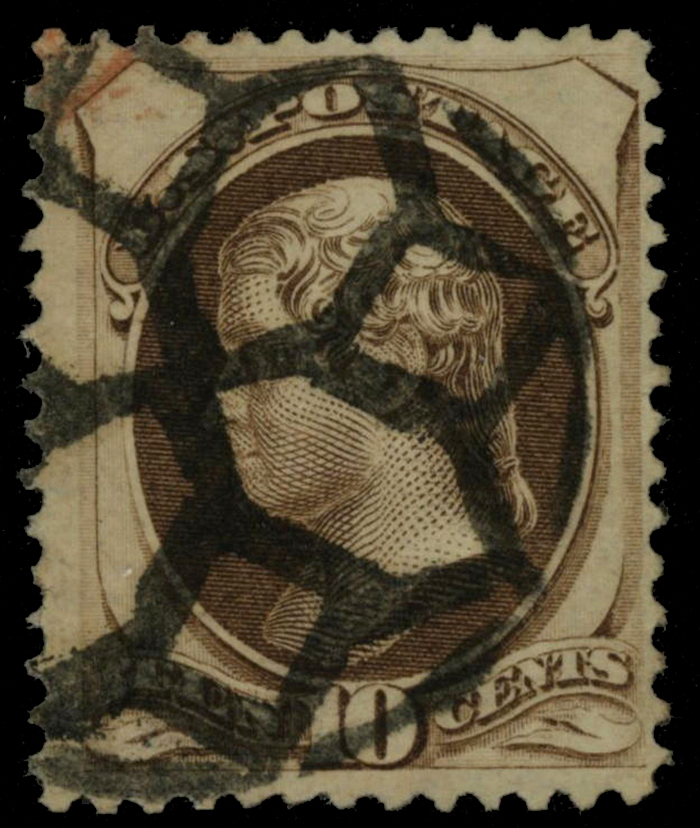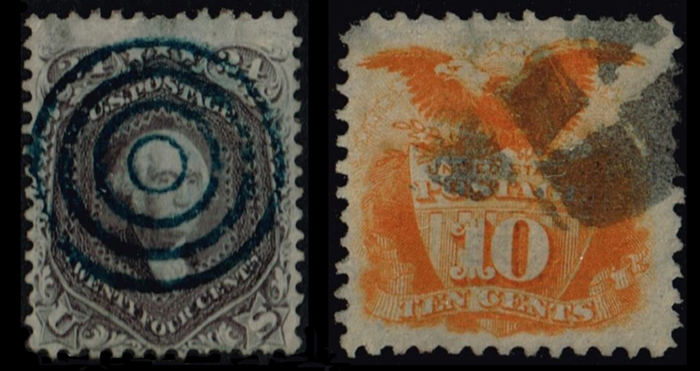
I have been called many things over the years, but never a philatelist. As a boy I was, for a time, slightly asthmatic and my friends said I was artistic, but I was never told that my coin collecting made me a numismatist. I eventually grew out of the asthma and my interest in collecting coins—but never did shake off the artistic. That stuck.
I look at postage stamps differently today than mainstream philatelists. As with coins, which I know something about, I would think that most stamp collectors desire as perfect a specimen as they can find. An unused stamp has to be worth more than one that has been mailed, unless the specific day of cancellation marks the day of issue. Then, it is important to have the envelope and stamp together. Cancellation marks can be the bane of serious stamp collectors.
While I appreciate the history, engraving, design, and aesthetics of postage stamps, I find myself drawn to stamps that have been cancelled—and the more cancelled the better. Canceling a stamp today is automated by machines and leaves a boring impression, but the cancellations of yesteryear were fantastic. A century and more ago, stamps were cancelled with inked cork, even marked by hand to prevent its reuse.
The stamps I present today were found for sale on eBay, and on stamp sites here and there across the Internet. I selected stamps with as much “cancellation character” as possible. The very act of nullifying something that has value, saying with a “thud” that this stamp has no more value, actually gives it more value to my way of thinking.
Whil preparing my post this week, I came across the work of photographer Richard Benson, who has been photographing fancy cancellations since 2013. You can see some of his work here.
I am reminded of the late, great Neo-Expressionist Jean-Michel Basquiat (1960–1988) who had a habit of scrawling words across his canvases and then marking them out—actually drawing a line through them. By doing so, by negating his selected words and phrases—his intention was to draw attention to it.
With a nod towards Jean-Michel, I invite my readers to a look at these wonderfully abstract and often brutal cancellations.










